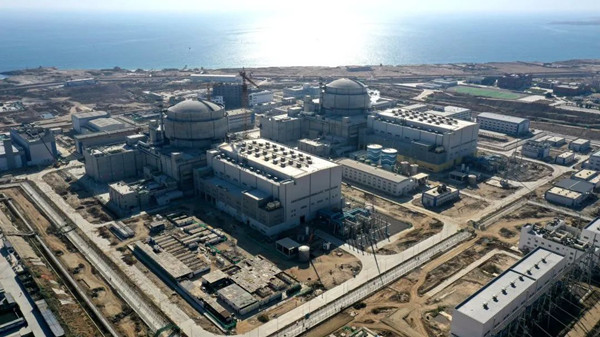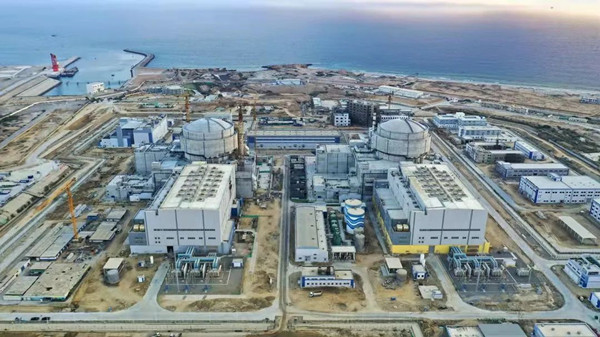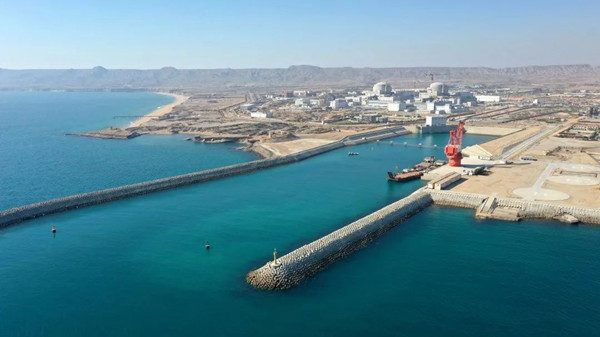World's fourth Hualong One unit reaches first criticality

Unit 3 of the Karachi nuclear power plant in Pakistan achieved criticality for the first time at midnight on Feb 21, meaning it is now able to operate with power and laying a solid foundation for future connection to the grid and power generation.
Karachi unit 3 is a Hualong One overseas demonstration project and the fourth Hualong One unit around the globe.
The criticality of a nuclear reactor in a nuclear power plant is similar to the ignition process of a conventional thermal power plant boiler and is also like a heart pacemaker. After achieving the criticality, the "heart" of the reactor, or the core, will continue to "beat" while the reactor will operate in a state of nuclear equilibrium.

Hualong One is China's third-generation nuclear power technology with full intellectual property rights and it is one of the most widely accepted third-generation nuclear power reactors in the current market.
A Hualong One unit generates approximately nine billion kilowatt-hours of electricity and can meet the demand of over four million families for electricity per year, equivalent to cutting 3.12 million tons of standard coal consumption annually, reducing the emissions of 8.16 million tons of carbon dioxide yearly and planting over 70 million trees per year. It will play an important role in the optimization of energy structure in Pakistan, the realization of global targets in carbon reduction and neutrality, and the fight against climate crisis in the world.

Karachi unit 3 is an integral part of efforts jointly made by China and Pakistan to further deepen their comprehensive strategic and cooperative partnership in the new era, strengthen the building of a community with a shared future for humanity and promote the implementation of the Belt and Road Initiative (BRI).
CNNC has actively supported the BRI and worked with countries involved to accelerate the utilization of nuclear and new energy, helping people further improve their living environment and realize their goal of making a better life.
- China Institute of Atomic Energy
- Nuclear Power Institute of China
- Southwestern Institute of Physics
- China Nuclear Power Operation Technology Corporation, Ltd.
- China Nuclear Power Engineering Co., Ltd.
- China Institute for Radiation Protection
- Beijing Research Institute of Uranium Geology (BRIUG)
- China Institute of Nuclear Industry Strategy (CINIS)
- China Nuclear Mining Science and Technology Corporation


